The Art of French Cheese: A Journey Through Tradition
The Cradle of Artisanal Cheese Mastery
France's cheese-making tradition spans over a thousand years, representing one of the world's most significant gastronomic legacies. With over 1,000 distinct varieties—from firm mountain cheeses to delicate bloomy rinds—French cheese embodies the nation's dedication to terroir and craftsmanship. These diverse creations reflect France's varied landscapes: from the lush pastures of Normandy to the rugged peaks of the Pyrenees, each region has developed distinctive styles that honor local resources and cultural heritage.
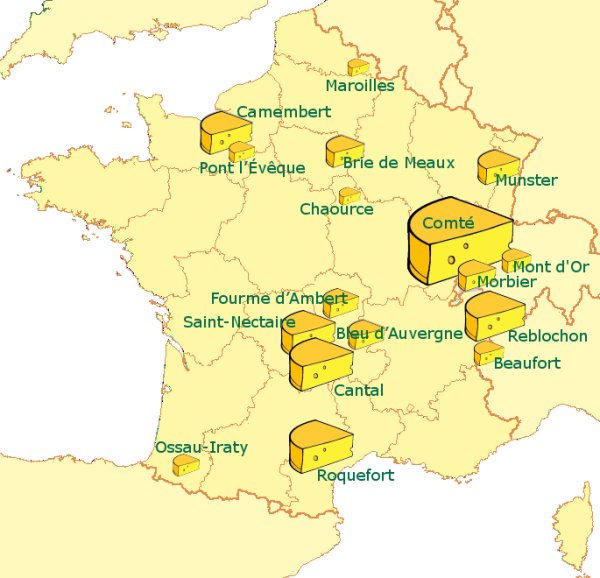
A Cultural Heritage Protected by Law
The French approach to cheese extends beyond culinary practice—it's enshrined in law through the Appellation d'Origine Protégée (AOP) system. This rigorous framework safeguards traditional methods and regional specificity, ensuring that cheeses like Roquefort or Comté meet exacting standards to bear their prestigious names. The system specifies everything from permissible livestock breeds to milk handling techniques, aging requirements, and even the specific pastures where animals may graze. This legal protection preserves centuries-old techniques while giving consumers confidence in authenticity and quality.
When a cheese receives AOP designation, it becomes part of France's protected cultural heritage. Consider Comté, produced in the Jura mountains for over 1,000 years: its AOP specifications require milk from Montbéliarde cows grazing on identified pastures at specific altitudes, followed by copper-vat heating and minimum aging periods. These strict standards ensure that traditional methods endure despite modernization pressures.
Regional Identity Through Cheese
Each French region expresses its distinct character through its signature cheeses. In Normandy, the lush, rainy landscape with its rich grasslands produces exceptional dairy, yielding creamy masterpieces like Camembert, Pont-l'Évêque, and Livarot. These soft, bloomy-rind and washed-rind varieties showcase the region's fertile terroir and ancient monastic cheese-making traditions.
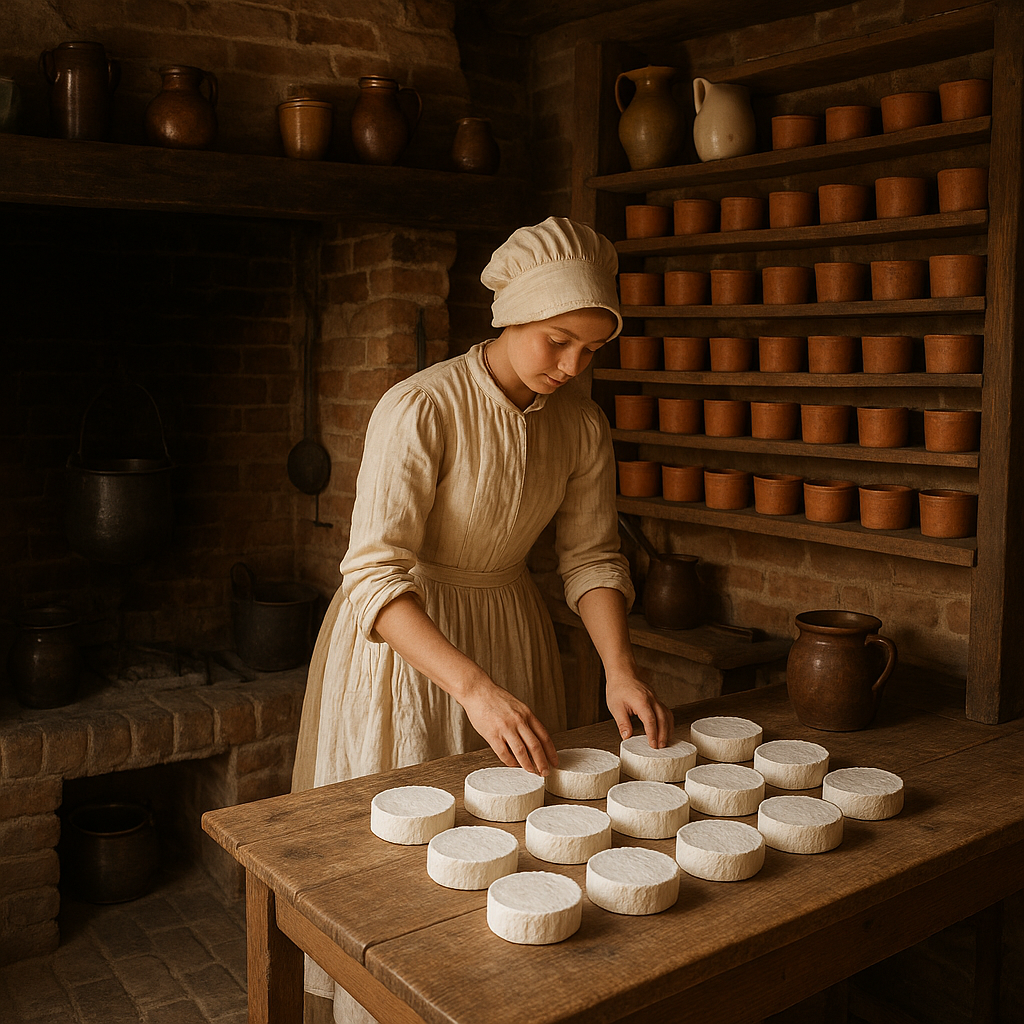
Moving south to Auvergne, the volcanic soil and mountainous terrain create ideal conditions for distinctive cheeses like Cantal, Salers, and Saint-Nectaire. These semi-hard to hard varieties often feature earthy, grassy notes that reflect the mineral-rich pastures of this ancient region, where cheese-making dates back to Celtic Gaul.
In contrast, the steep slopes of the Alps foster another tradition entirely. Here, Beaufort, Reblochon, and Abondance demonstrate alpine cheese-making ingenuity—larger formats designed for long aging periods to sustain mountain communities through harsh winters. Their complex, nutty flavors develop during aging in cool mountain caves, creating cheeses prized for both nutrition and flavor complexity.
The Monastery Connection
Many iconic French cheeses owe their existence to monastic orders. During the Middle Ages, monasteries served as centers of agricultural innovation, with monks developing cheese-making techniques to preserve surplus milk and create revenue sources. These religious communities meticulously documented their methods, gradually refining processes that would become the foundation of France's cheese heritage.
Munster, developed by Benedictine monks in the Vosges Mountains, exemplifies this monastic influence. Its distinctive orange rind and powerful aroma result from regular washing with brine during aging—a technique perfected by monks to extend shelf life while creating complex flavors. Similarly, the Cistercian order developed Cîteaux, while Trappist monks created Port-Salut, demonstrating how religious communities shaped France's cheese landscape.
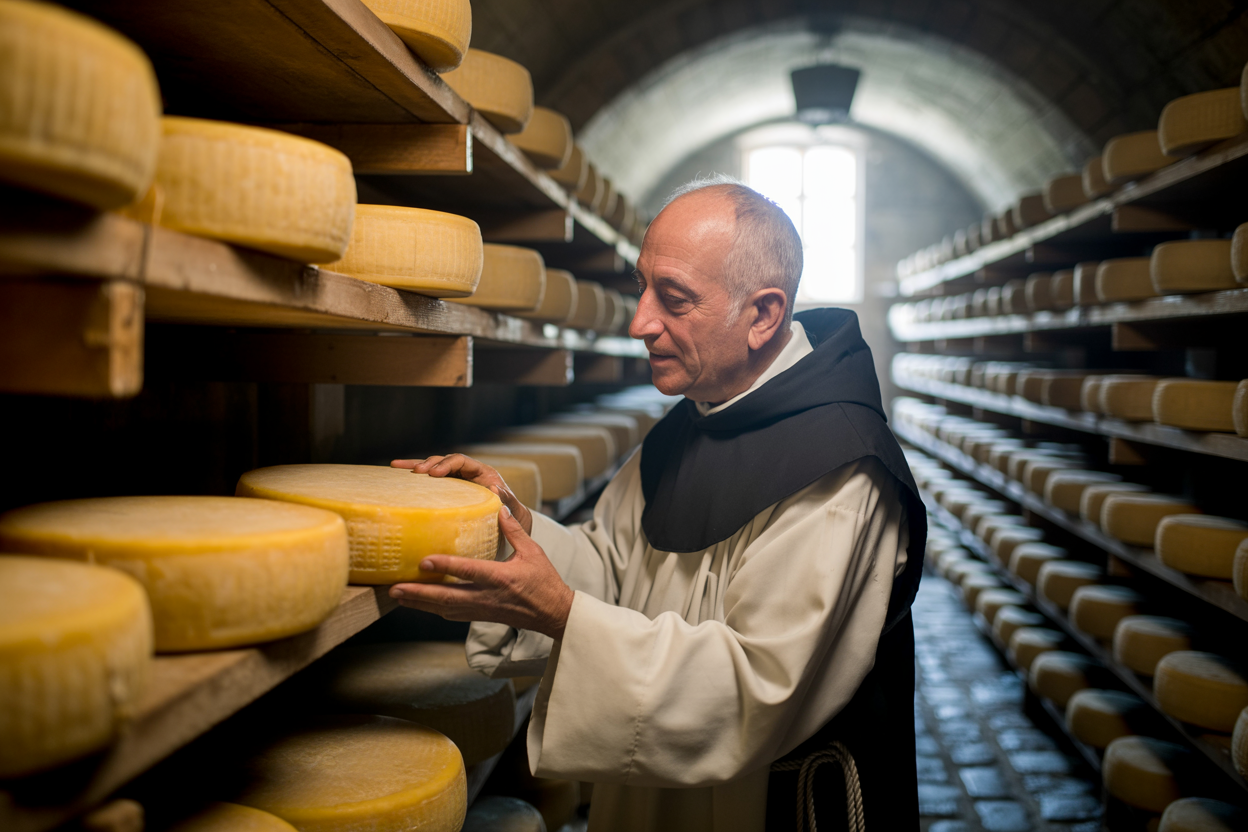
The Science Within the Tradition
Though rooted in tradition, French cheese-making embraces sophisticated microbiology. Each cheese represents a carefully orchestrated interaction between milk components, beneficial bacteria, enzymes, and environmental conditions. The white bloomy rind of Brie and Camembert comes from Penicillium candidum, while Roquefort's distinctive blue veins result from Penicillium roqueforti introduced through strategic piercing of the cheese.
Modern artisans balance time-honored techniques with scientific understanding, recognizing that successful cheese-making requires controlling fermentation, enzymatic activity, and aging conditions. This marriage of tradition and science allows consistency while preserving the artisanal character that makes French cheeses unique.
The Five Families of French Cheese
French cheese diversity can be understood through five main families, each representing distinct traditions and techniques:
1. Fresh Cheeses (Fromages Frais)
Unaged and delicate, these cheeses like Petit-Suisse and Fromage Blanc retain milk's natural moisture and mild flavor. They represent the simplest, most ancient form of cheese preservation, showcasing milk's pure essence with minimal processing.
2. Soft-Ripened Cheeses (Pâtes Molles à Croûte Fleurie)
Characterized by bloomy white rinds covering creamy interiors, Brie and Camembert epitomize this category. Their development involves surface-ripening, where molds break down proteins and fats from the outside in, creating increasingly complex flavors and textures as they age.
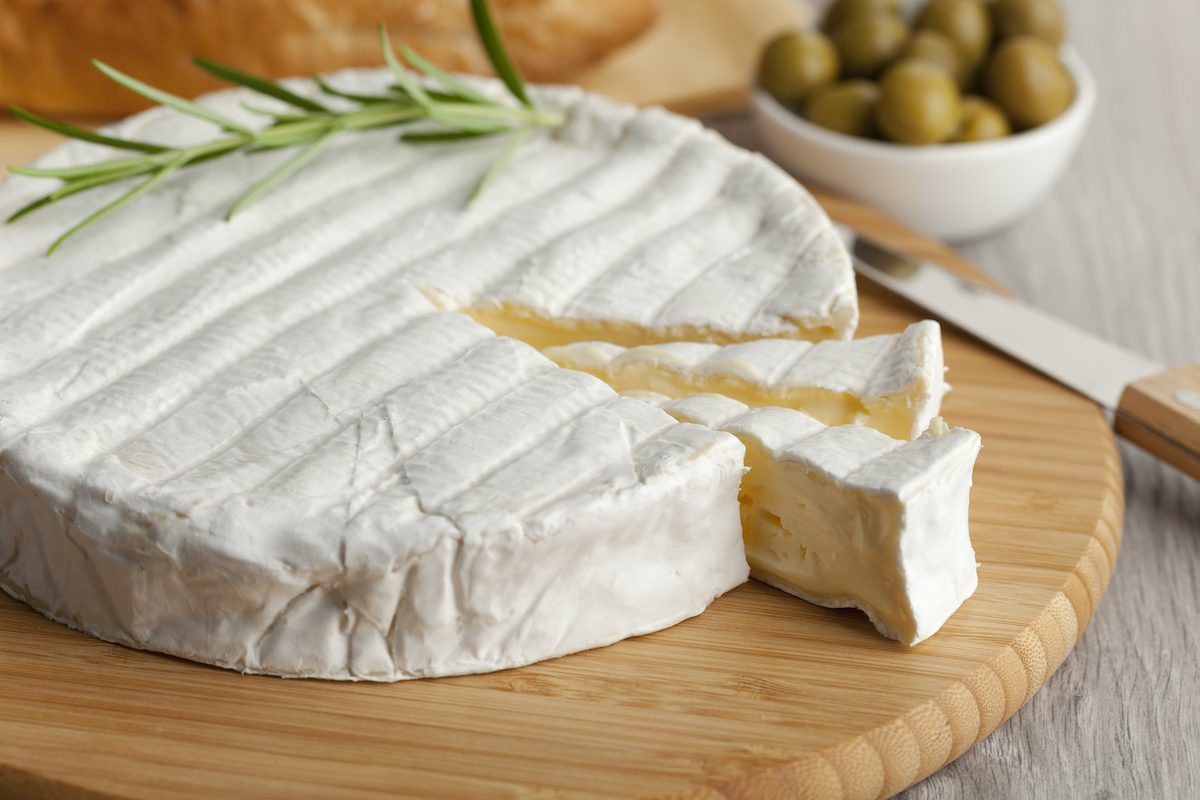
3. Washed-Rind Cheeses (Pâtes Molles à Croûte Lavée)
The orange-hued, aromatic cheeses like Époisses, Livarot, and Munster undergo regular washing with brine, beer, wine, or spirits during aging. This encourages salt-tolerant bacteria that create distinctive pungent aromas and complex flavors behind their characteristically robust exteriors.
4. Semi-Hard and Hard Cheeses (Pâtes Pressées)
These include pressed, cooked varieties like Comté, Beaufort, and Cantal. Their production involves pressing curds to remove whey, sometimes followed by cooking and extended aging periods. The result: concentrated flavors and firmer textures that develop complexity over months or years.
5. Blue Cheeses (Pâtes Persillées)
Roquefort, Bleu d'Auvergne, and Fourme d'Ambert feature characteristic blue-green veins throughout. These striking patterns form when specific molds grow along tiny air channels created during production, developing distinctive peppery, earthy flavors that contrast with the creamy base.
The Art of Affinage
Perhaps no aspect of French cheese-making demonstrates its artisanal character more clearly than affinage—the careful aging process that transforms simple curds into complex gastronomic treasures. Master affineurs (cheese agers) oversee this transformation in environments with precisely controlled temperature and humidity.
Affineurs must understand each cheese's unique development cycle, intervening at critical moments to wash rinds, turn wheels, or adjust conditions. Consider Comté, which matures for 8-36 months under expert supervision. During this time, affineurs regularly test, clean, and rotate each massive wheel, ensuring even aging as enzymes slowly break down proteins and fats, developing the cheese's prized crystalline texture and complex flavor profile.
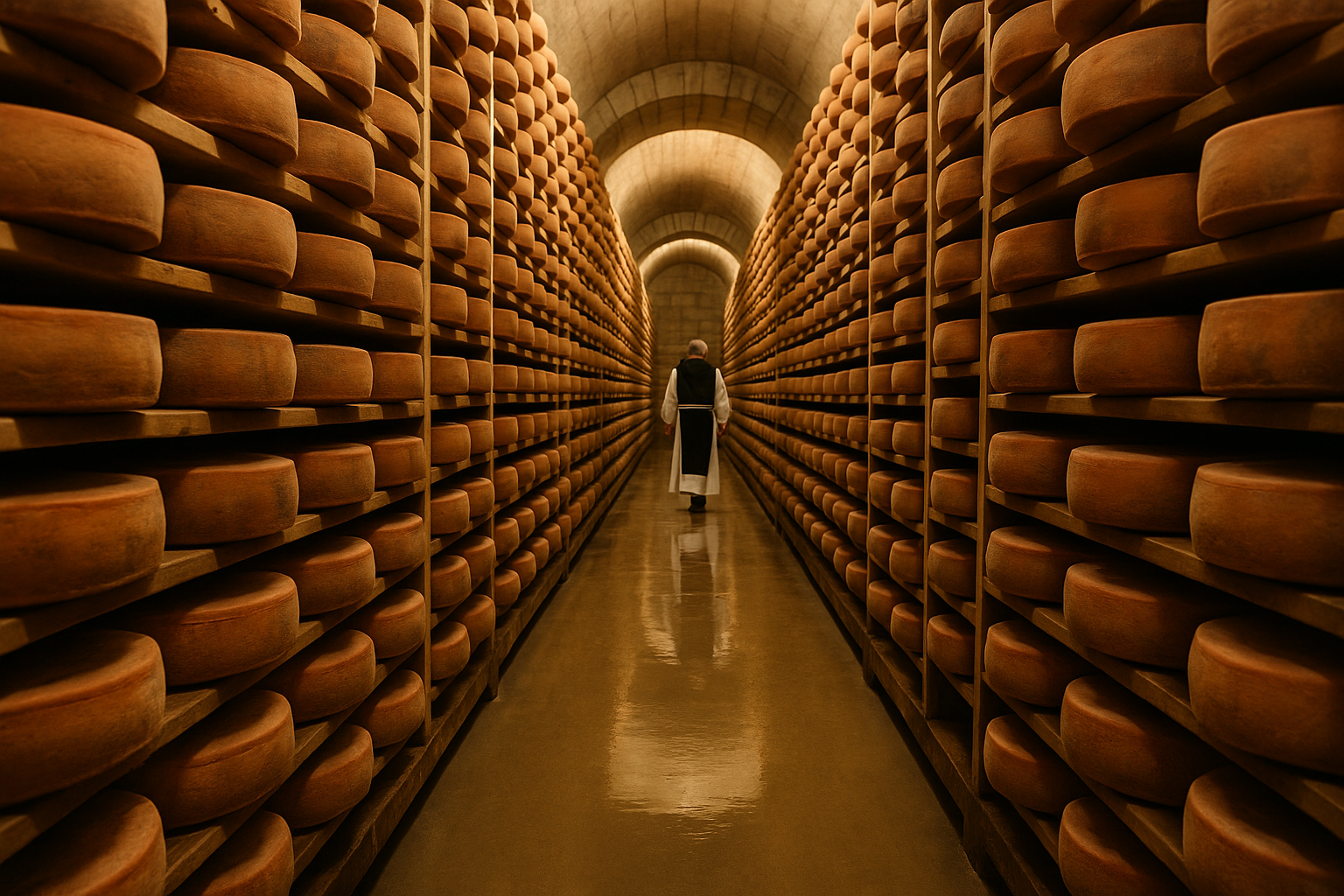
The Role of Raw Milk
Many traditional French cheeses rely on raw (unpasteurized) milk, which provides the complex microbial ecosystem essential to their character. While pasteurization offers safety advantages and consistency, many aficionados believe it sacrifices depth of flavor and regional distinctiveness.
Raw milk cheeses contain naturally occurring enzymes and beneficial bacteria unique to specific regions and herds. When skilled cheesemakers harness these microorganisms, they create cheeses with nuanced flavors impossible to replicate with pasteurized milk. This biological connection to place gives authentic raw milk cheeses their terroir—the taste of their homeland.
The Seasonal Connection
Traditional French cheese-making maintains strong ties to natural cycles. Many artisanal producers recognize that milk composition changes throughout the year as animals' diets shift with seasonal vegetation. Rather than standardizing to eliminate these variations, they embrace them as expressions of time and place.
Spring cheeses often display herbaceous, floral notes from fresh grasses and wildflowers, while autumn versions may offer richer, nuttier profiles from late-season forage. This seasonal sensitivity creates a living connection to the agricultural rhythms that have shaped French rural life for centuries.
Preservation Amidst Industrialization
France's cheese heritage faces modern challenges from standardization, industrialization, and changing consumer preferences. Mass production threatens traditional methods, while hygiene regulations sometimes constrain artisanal practices. Yet passionate producers, supported by protective legislation and discerning consumers, continue fighting to preserve authentic techniques.
Organizations like Slow Food and governmental initiatives help document and protect endangered cheese varieties. Meanwhile, a new generation of artisans combines respect for tradition with contemporary innovation, ensuring that French cheese culture remains vibrant rather than becoming a museum piece.
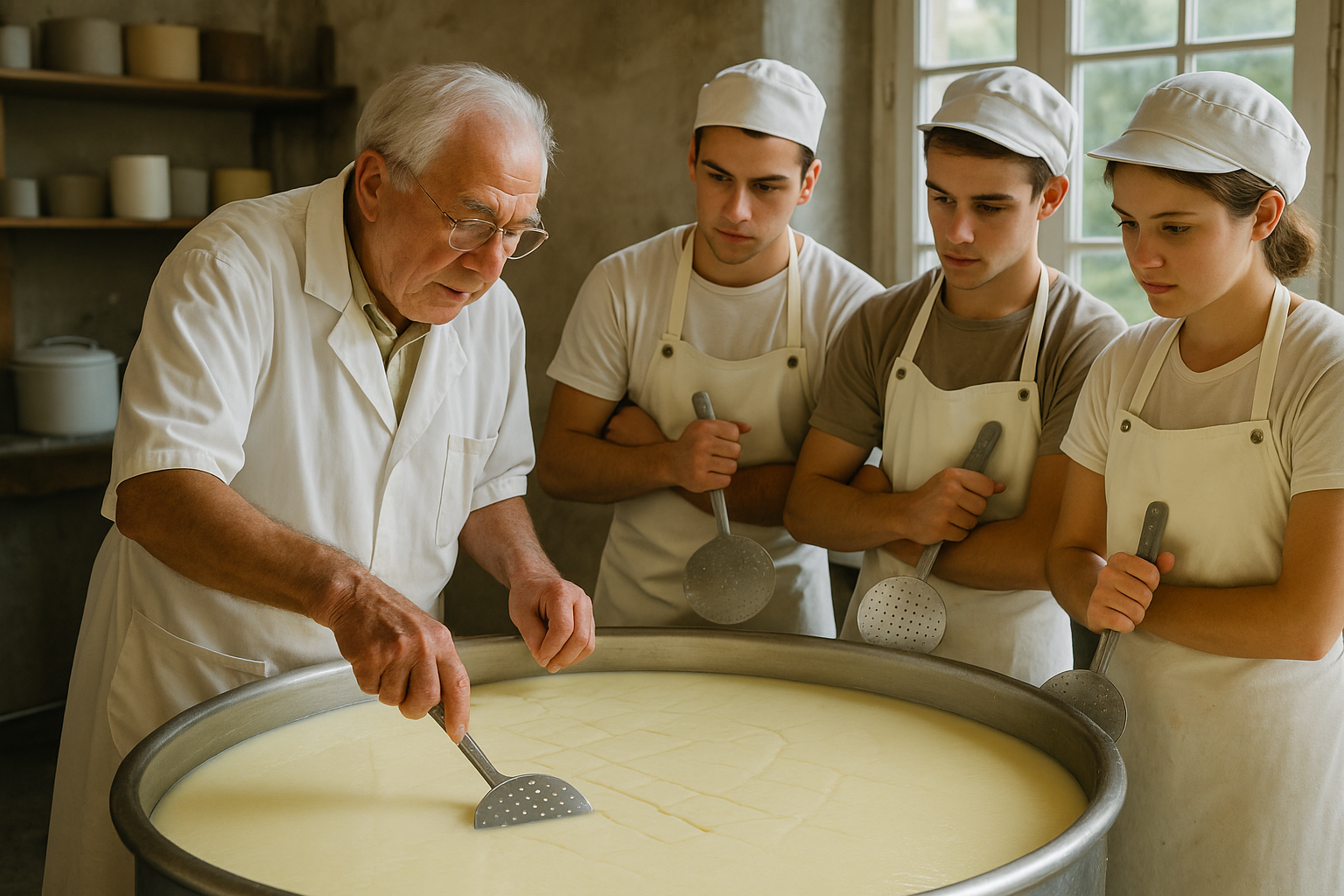
The Future of Tradition
As we look toward the future of French cheese-making, the most promising path forward balances preservation with thoughtful evolution. The essence of this culinary heritage lies not in rigid adherence to the past but in maintaining core principles of craftsmanship, terroir, and sensory excellence while adapting to contemporary contexts.
Today's most successful artisans honor tradition while embracing sustainable practices, improved safety standards, and innovative approaches. They recognize that French cheese tradition has always evolved—what we now consider "traditional" methods were once innovations themselves. By respecting this dynamic heritage, they ensure that the extraordinary diversity and quality of French cheese will continue to delight connoisseurs for generations to come.
The story of French cheese is ultimately one of relationship—between animals and land, farmers and milk, artisans and time, and finally, between the finished cheese and those who appreciate it. In each carefully crafted wheel or perfectly ripened small format lies centuries of accumulated wisdom, expressing both the particularity of place and the universal human dedication to transforming simple ingredients into works of cultural and culinary art.
Try it yourself!
Ready to experience this amazing product? Get it delivered right to your door.
Shop Now*As an affiliate, we earn from qualifying purchases.